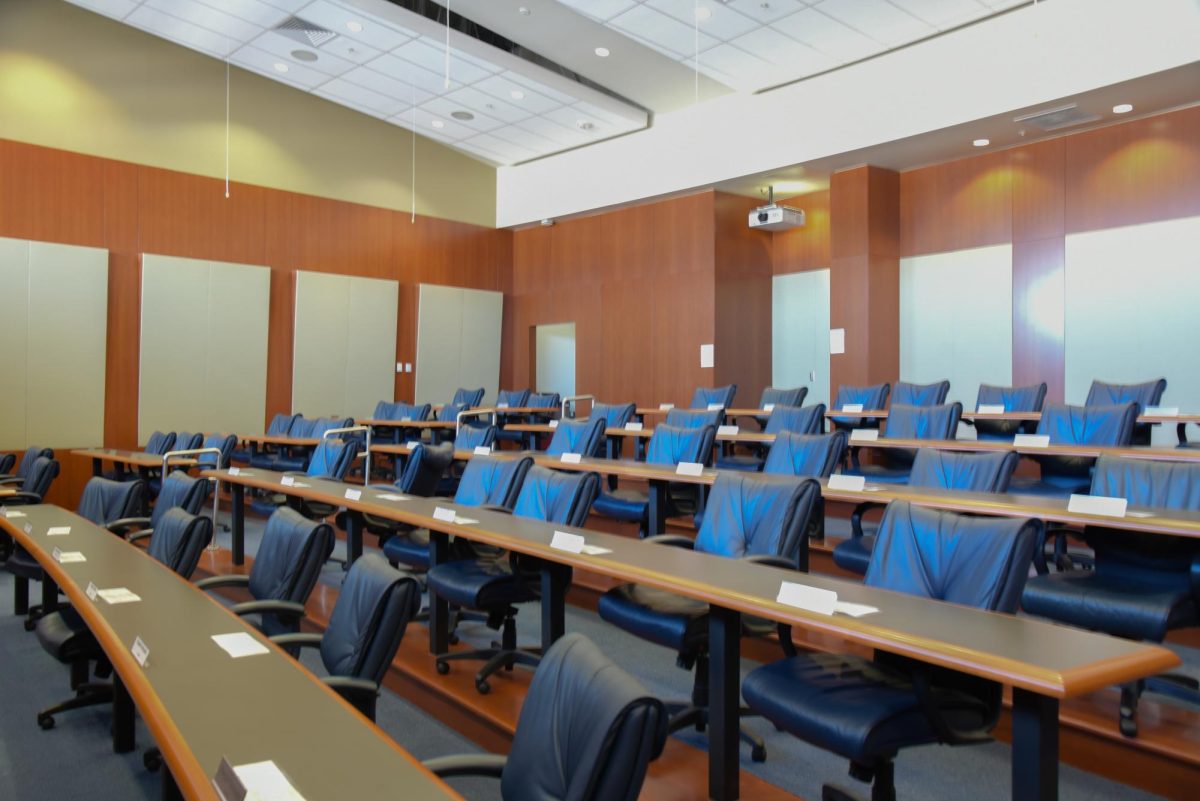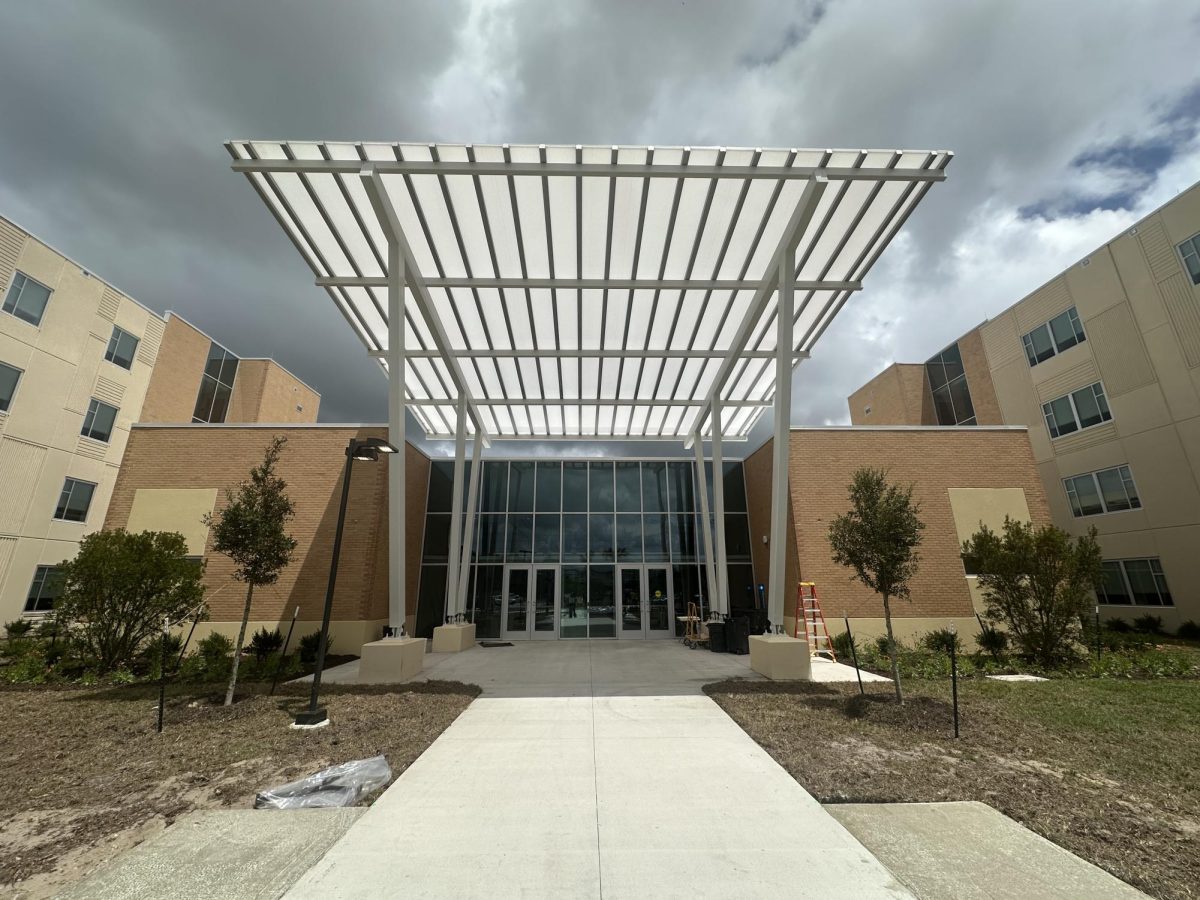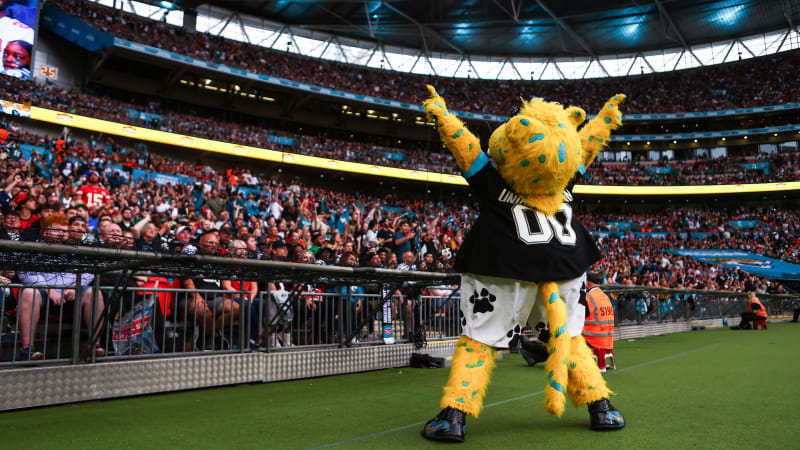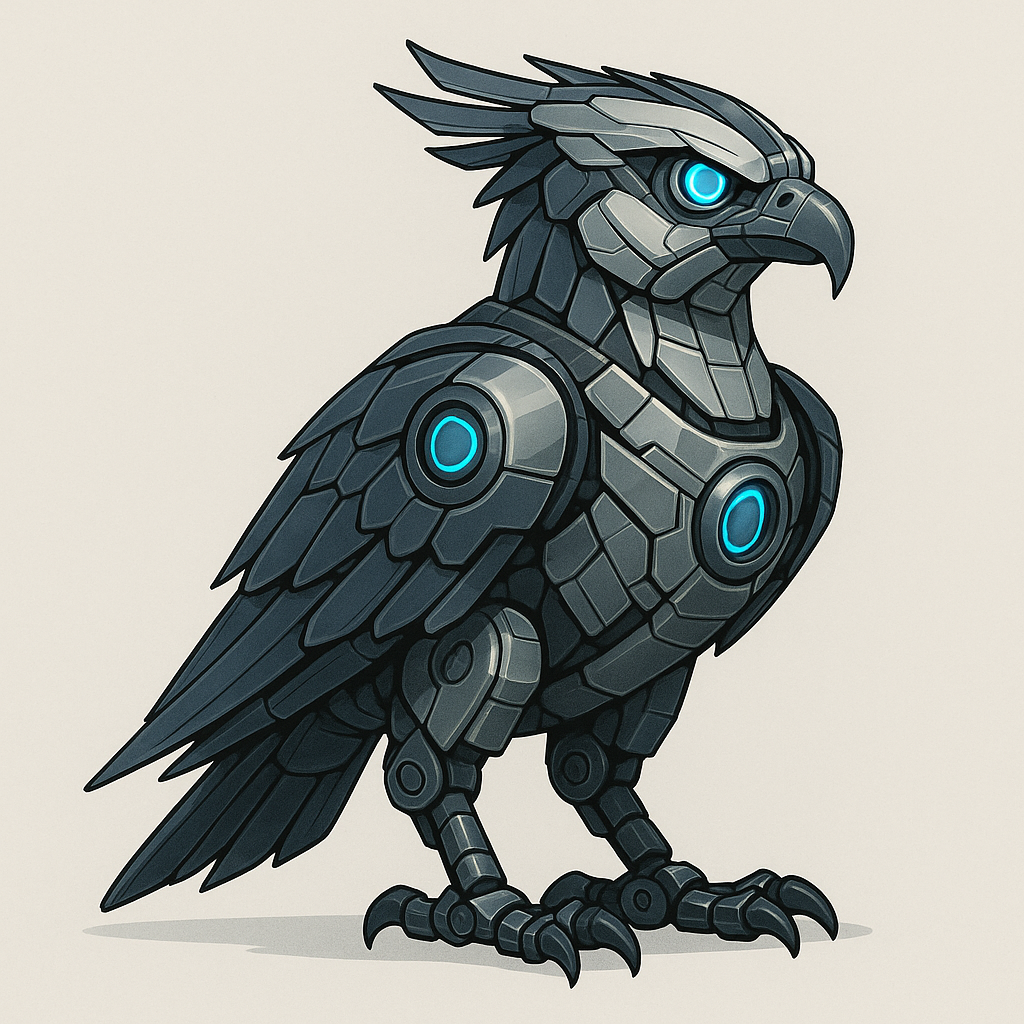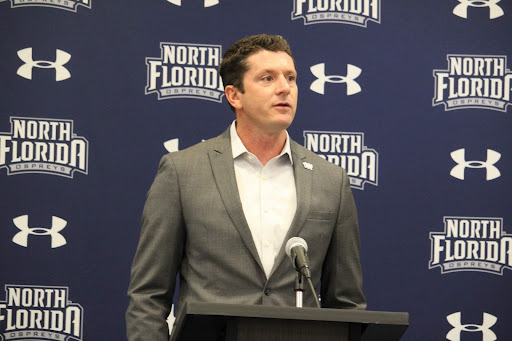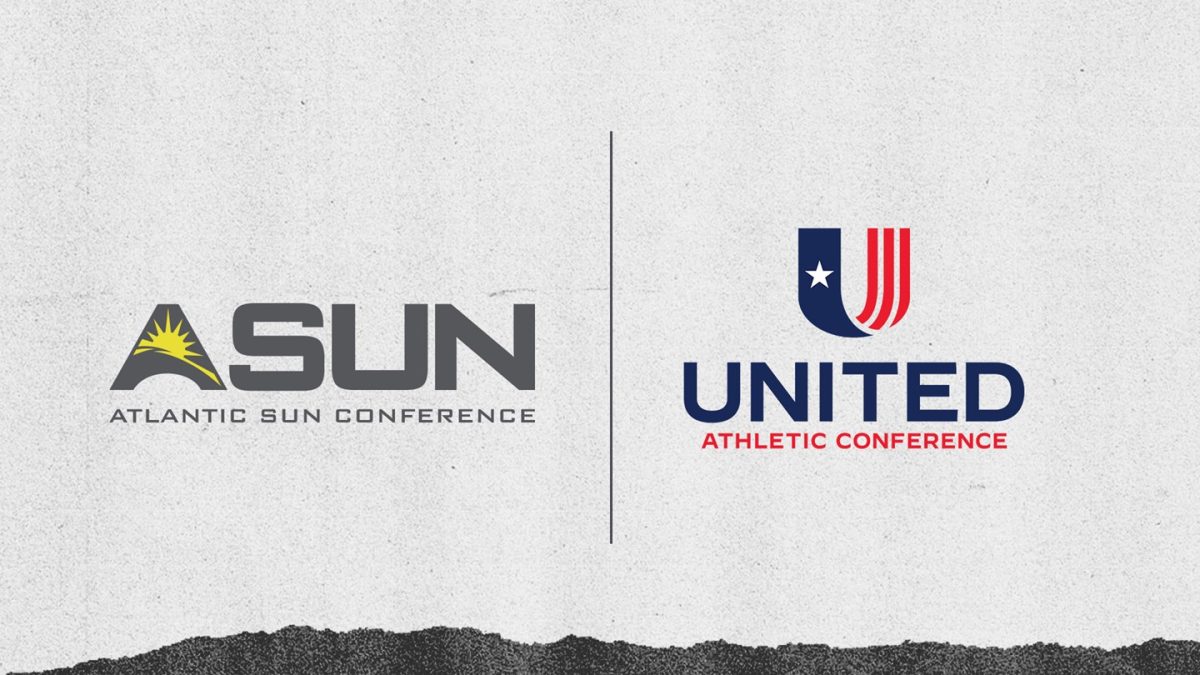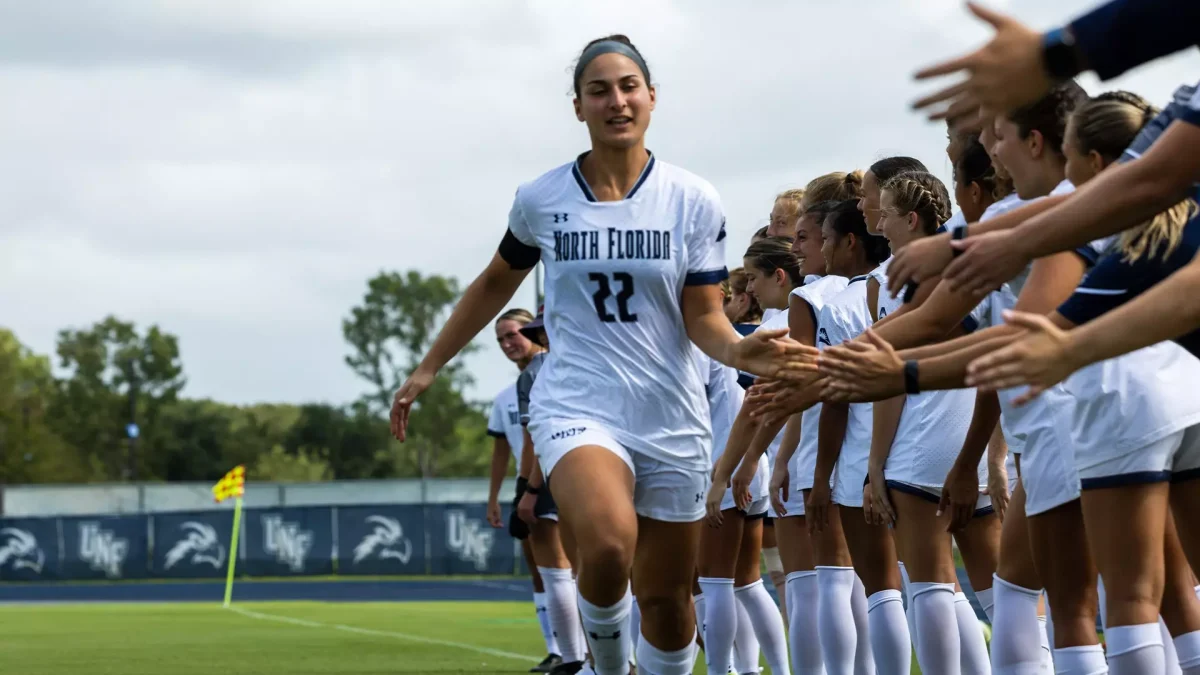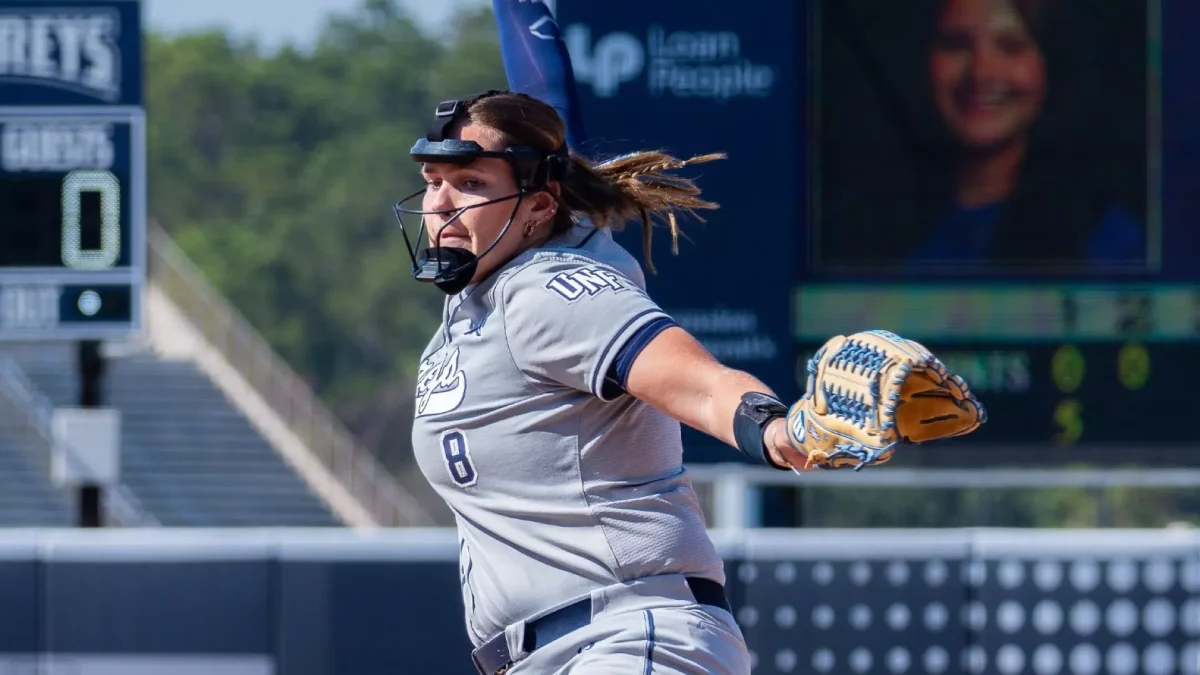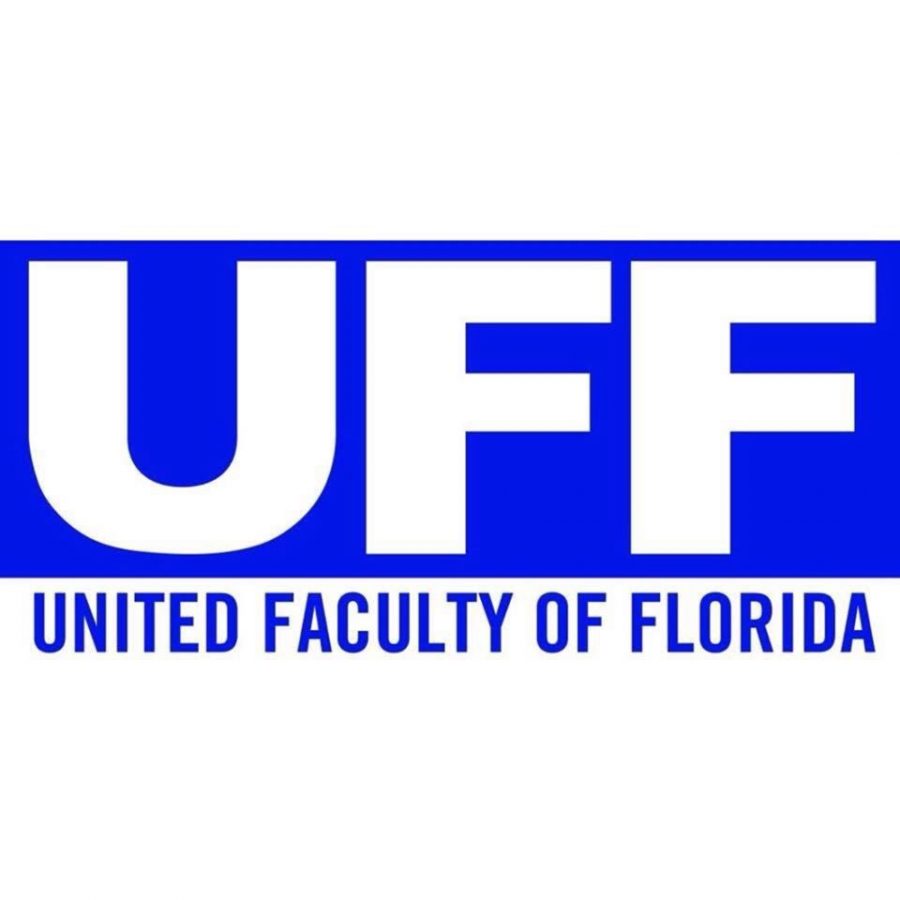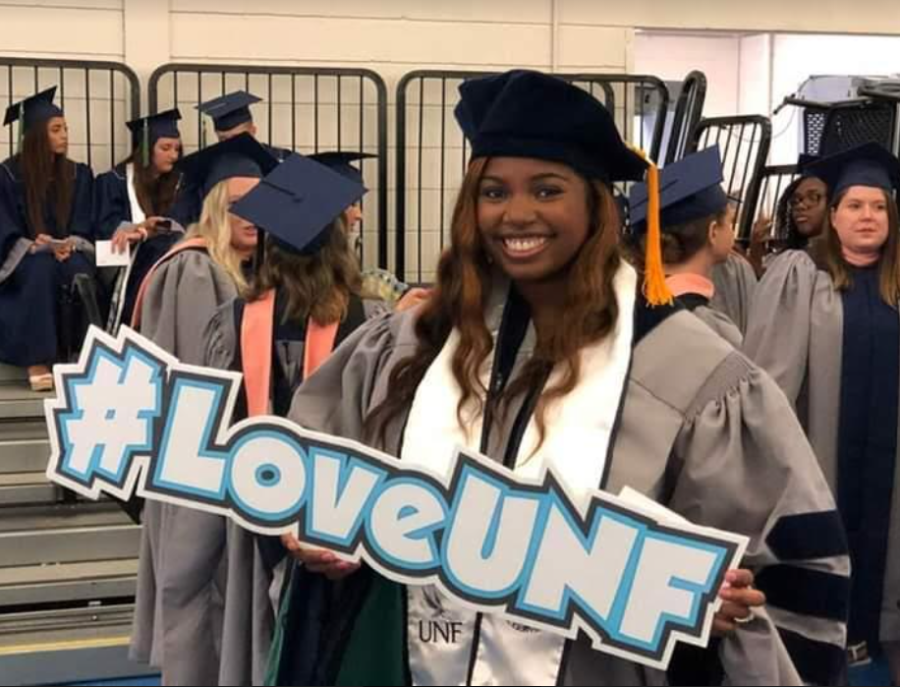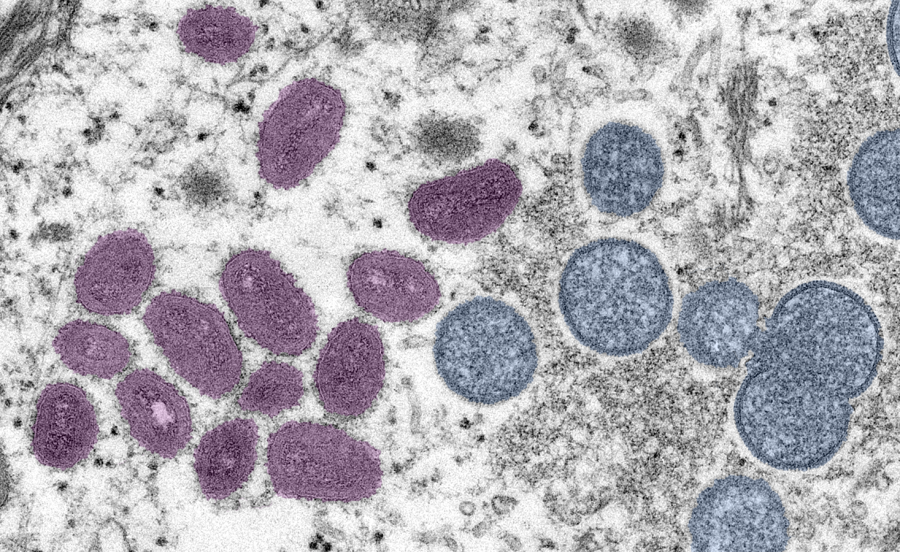A team of 28 UNF civil engineering students placed third in two different competitions at the American Society of Civil Engineers’ Southeast Student Conference at Auburn University March 18-20.
Nine UNF students competed in the canoe competitions, and UNF also competed in the transportation competition.
The conference featured competitors from 26 universities including the University of Florida, the University of Central Florida and Vanderbilt University, who competed in a series of 15 challenges which range from from designing and building a 20-foot steel bridge to designing, constructing and racing a 20-foot concrete canoe.
The concrete canoe design competition, in which UNF placed third, judges the construction, development, testing, formal business presentation and the performance of the canoe in the five race events which include endurance and sprint races.
The transportation competition, in which the Ospreys also placed third, features a preliminary written exam and trivia questions designed to test students’ knowledge of transportation and highway design devices.
UNF, who competed in 13 out of the 15 competitions, began designing their canoe, The Vulcanized Osprey, in preparation for the conference in August 2009 which took over 1,000 hours to make, said Senior Project Manager Tim Morgan.
The construction process included a 32-day cure time, in which the canoe was placed under a tent where a misting system helped set and harden the concrete, said junior American Society of Civil Engineers member Chris Rivera.
Unlike other competitors, UNF’s cement canoe featured elaborate murals both on the inside and outside of the canoe which Mike Tomassoni, a UNF art senior, created and crafted in two days.
The outside of the canoe has an osprey with fierce yellow eyes, and the inside has volcanoes with an osprey carrying a fish, Morgan said.
The conference threw competitors a curve ball when they ruled all canoes must be comprised of at least two recyclable materials, and these materials must make up a minimum of 50 percent of the total aggregates, which are the components of concrete, Morgan said.
The students created UNF’s canoe’s cement aggregates from recycled ground tire, glass and burned coal, Morgan said.
The ground tire component, referred to as a fine aggregate, was comprised of 40 mesh tires that were ground into a powdered substance, Rivera said.
Melting glass down in a rotary kilm created the glass component, a coarse aggregate, Morgan said.
Ninety percent of the UNF chapter’s total materials were donated due to a lack of funding. This posed a threat on the construction timeline, as they had to wait longer for the materials to arrive, Morgan said.
But if they hadn’t gotten the materials as donations, it would have cost the students between $2,000 and $3,000, Morgan said.
“UNF’s engineering school is still a college, so we feel good coming home with two trophies having beaten out established engineering universities,” Rivera said.
The ASCE’s UNF chapter, which is open to civil engineering students, holds meetings once a month in Building 50, room 2004.



